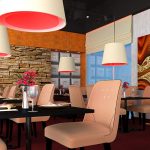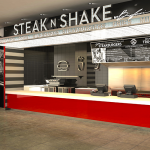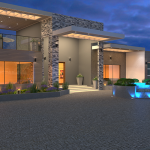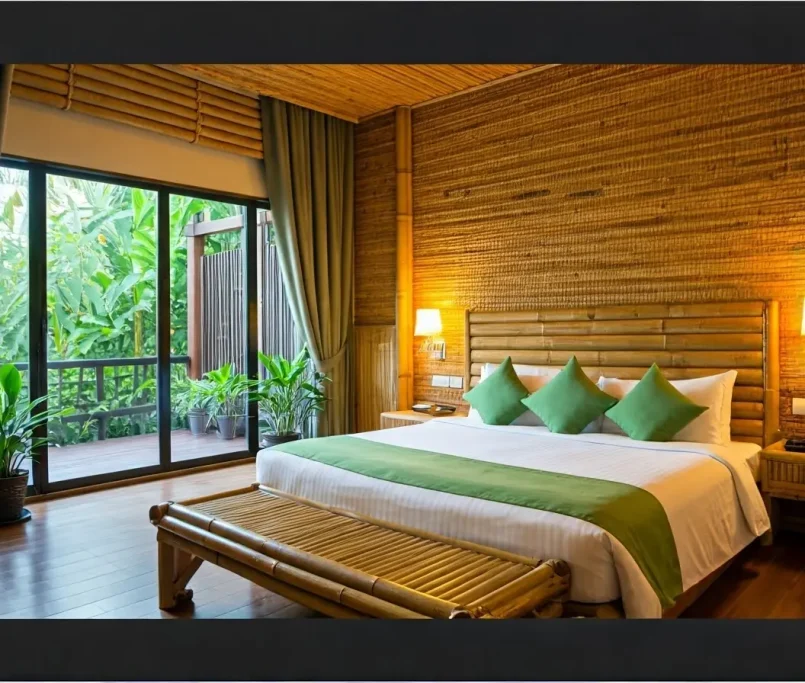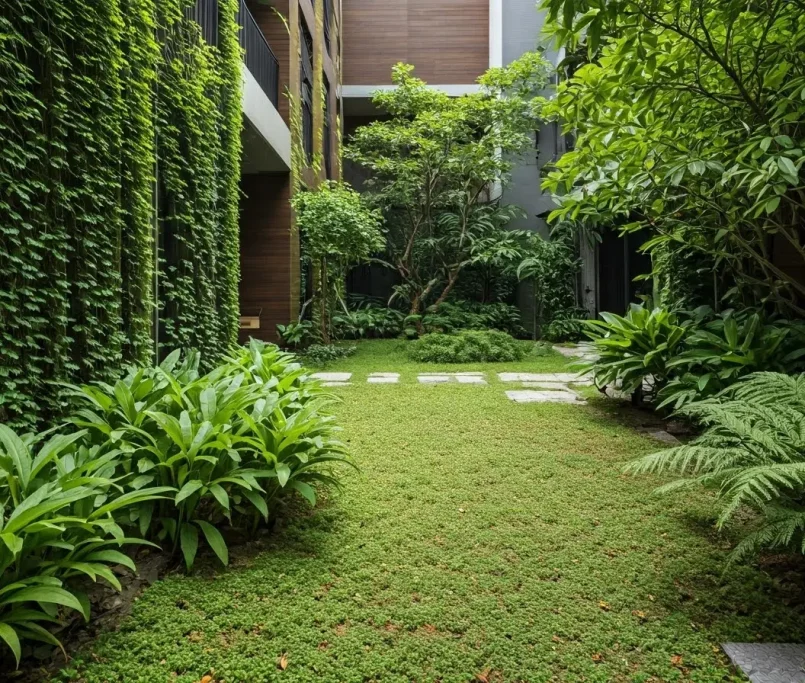The Future of Hospitality: Integrating Biophilic Design for Enhanced Guest Experiences
Imagine strolling into a hotel where the essence of nature greets you at every turn. Biophilic design takes center stage in the future of hospitality, promising guests more than just a stay, but an immersive connection to the natural world.
Understanding Biophilic Design in Hospitality
Biophilic design transcends simple plant placement. It’s an innovative approach that weaves nature into the very fabric of hospitality design, aiming to create environments that enhance physical and emotional well-being. By integrating direct natural connections, mimicking natural systems, and using nature-inspired materials, hotels and resorts can offer enriching, restorative experiences for guests.
Benefits of Biophilic Design for Hotels and Resorts
Hotels embracing biophilic principles find themselves at the forefront of guest satisfaction. This design ethos not only boosts aesthetic appeal but significantly impacts well-being, reducing stress and enhancing mood, creativity, and cognitive function. Moreover, it serves as a strong marketing point, appealing to environmentally conscious travelers seeking sanctuaries of peace and natural beauty in their travels.
Beyond guest benefits, biophilic design can contribute to operational efficiency. The use of natural light and energy-efficient materials helps in reducing utility costs, illustrating that sustainability and business profitability can go hand in hand.
Key Elements of Biophilic Design in Hospitality
At its core, biophilic design involves more than just indoor plants. Key elements include the incorporation of natural light, natural materials like wood and stone, water features, and landscape vistas and views. These features work together to create a seamless bond between the indoors and the natural world outside.
The subtlety of sensory experiences also plays a pivotal role. The sound of running water, the scent of wood, and the tactile experience of natural fibers all contribute to a deeply immersive experience.
Real-World Examples of Biophilic Design in Hospitality
Imagine the lobby of a hotel, where a grand indoor waterfall cascades beneath skylights that reveal the moving tapestry of the sky above. Rooms feature reclaimed wood accents, live plants, and natural fiber textiles, with large windows offering breathtaking views of the surrounding landscape. Such is not the fabric of imagination but real examples of how the hospitality industry is integrating biophilic design principles to redefine guest experiences.
In urban settings, biophilic design takes the form of vertical gardens and rooftop terraces, bringing a touch of the wilderness into the heart of the city. These hotels become oases, proving that even in the most built-up environments, a connection to nature can be cultivated.
Integrating Biophilic Design: Steps for Hospitality Businesses
Adopting biophilic design starts with a commitment to enhancing guest well-being through nature. This might mean small-scale initiatives like introducing plant life and natural materials into existing spaces or larger-scale architectural designs that prioritize natural light and landscape views. Collaboration with architects and designers who specialize in biophilic design can ensure that these elements are seamlessly integrated into both new projects and existing renovations.
In a world where the digital often overshadows the natural, integrating biophilic design within the hospitality industry stands not merely as a trend but as a testament to the enduring power of our intrinsic connection to nature. It elevates the guest experience, ensuring that future hotels and resorts are not just places to stay but sanctuaries of wellbeing.


